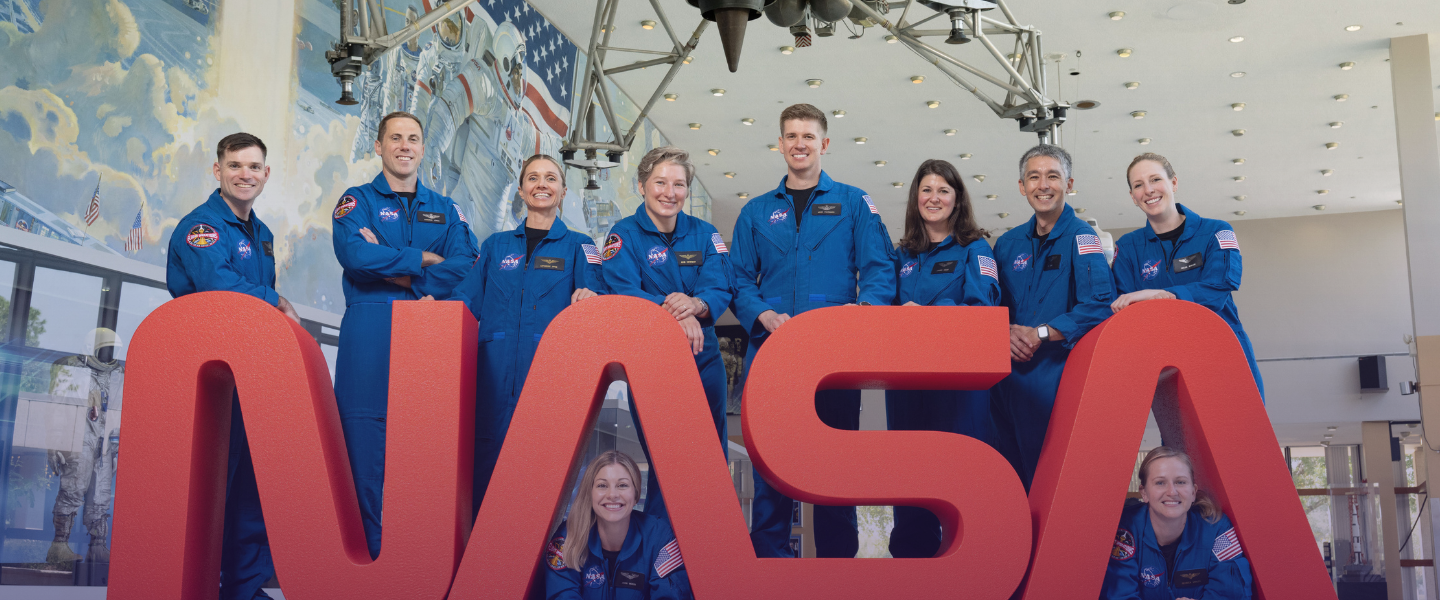
NASA has announced its newest group of astronauts, chosen from a pool of more than 8,000 applicants. For the first time in the agency’s history, women form the majority: six of the ten selected. On paper, this is a shift in demographics; in practice, it is a recalibration of who is seen as the human face of exploration.
Astronaut classes are small, but symbolically dense. They embody more than scientific excellence or physical endurance. They project who gets to carry humanity’s ambitions into space, and whose perspectives will shape the narratives of discovery. Until now, those narratives have overwhelmingly been male.
It has been 62 years since Valentina Tereshkova orbited the Earth as the first woman in space, and more than four decades since Sally Ride became America’s first female astronaut. Yet of the 360 individuals NASA has trained, fewer than one in five have been women. Their accomplishments have been notable, commanding the International Space Station, piloting shuttle missions, conducting record-breaking spacewalks, but they have remained exceptions rather than the norm.
Even symbolic milestones were slow in arriving. The first all-woman spacewalk did not take place until 2019, when Christina Koch and Jessica Meir completed a mission that had been delayed months earlier due to a shortage of correctly sized spacesuits. The fact that an event celebrated as historic hinged on such a logistical gap underscored how deeply infrastructure and culture are intertwined.
The 2025 astronaut class is significant precisely because it normalizes rather than isolates. This is not a token achievement by one individual, but a majority presence within a cohort defined by some of the most competitive scientific and technical standards in the world. It reflects the widening pipeline of women in advanced STEM fields and a recognition within NASA that the credibility of its future programs depends on teams that mirror the societies they represent.
Valerie Neal, former curator of the Smithsonian’s National Air and Space Museum, has argued that astronaut selection shapes far more than missions. It influences the aspirations of children, the logic of funding, and the cultural framing of exploration itself. In other words, who we see in the capsule shapes what we imagine as possible.
The timing also aligns with a practical horizon. NASA’s Artemis program, which aims to return humans to the Moon, has committed to landing the first woman on its surface. Plans for eventual Mars missions demand crews capable of enduring years in confined quarters. Research into group dynamics suggests that gender-diverse teams perform better in problem-solving, resilience, and adaptability, qualities that are not incidental to exploration but central to its success.
In this sense, the new class is not simply a symbolic correction to history but a deliberate preparation for the future of long-duration missions. Representation becomes an operational asset.
It has taken more than six decades from Tereshkova’s lone flight to reach this proportion, and more than forty years since Sally Ride’s mission to see a majority of women in a NASA astronaut class. Progress in representation is often measured in decades, yet its impact is felt in how institutions reimagine their own frontiers.
The women who now outnumber men in NASA’s next generation of astronauts embody a shift that is cultural, scientific, and strategic. They represent a recognition that the future of exploration will not be written by one profile of leader, but by many. And as humanity extends its reach further into the solar system, the face of that ambition has begun to change, quite literally, in the composition of the crew.
Sources:
Bloomberg, Women Outnumber Men in NASA Astronaut Class for First Time, Sept 2025